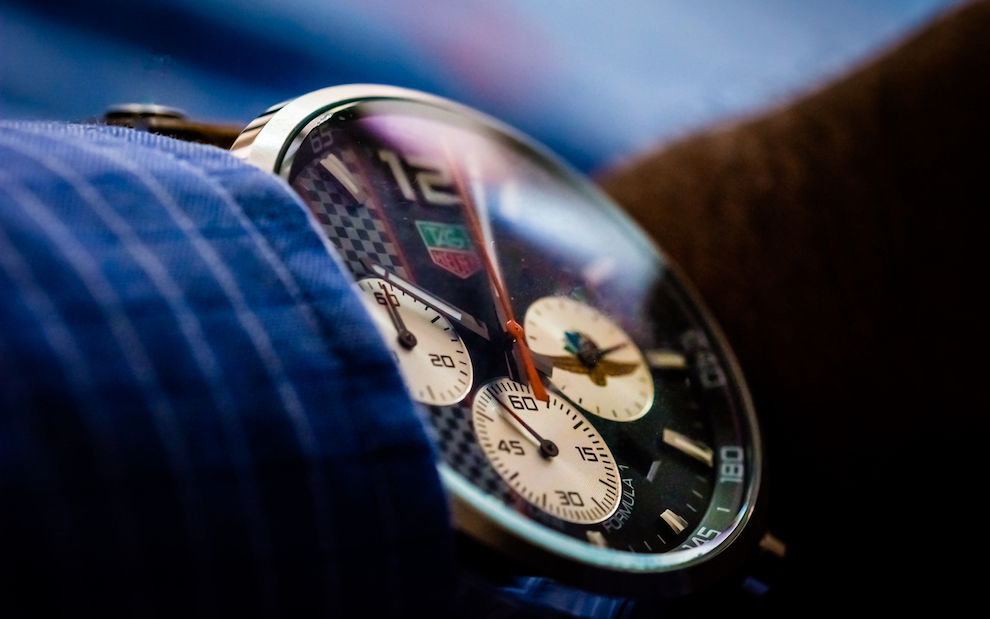HENRYs the next generation of luxury brand customers
“Meet the HENRYs: The Millennials that Matter Most for Luxury Brands” by Pamela N. Danziger is a great read for marketers looking to attract higher-income Millennials to their brands.
A high-earner-not-rich-yet – HENRY – is classified by Danziger as 26-year-olds who are earning more than 75-80% of their peers. That is about 1.2 million people, which are the demographic the author argues is the most important for retailers to focus on.
Danziger’s entire book shares how luxury brands can gain these important consumers.
High-income Millennials want to buy from companies with the same values
Danziger focuses on why marketers need to grab HENRYs attention by appealing to their values. The first step is to understand them, followed by showing them your company has the same values.
In the book, Danziger shares six primary values:
1. Be inclusive but also individualized.
The example Danziger uses is the company Lovesac. Lovesac sells sectionals that start with two pieces and can be combined and configured in any way. The sectionals travel with the buyer from their studio apartment to their family home. Lovesac draws on the interest of having a one-of-a-kind piece for a reasonable price.
2. Consumers want to be self-expressive without seeming narcissistic or self-absorbed.
An example of this is watch brand TAG Heuer. Watches are around $2,000 and are focused on high performance. TAG Heuer’s tagline is “Don’t Crack Under Pressure.” For a HENRY, this purchase would be more about the performance and quality versus status (think: buying a Rolex).
3. Don’t be elitist.
Danziger uses Detroit brand Shinola as an example of this throughout the book. Shinola is famous for watches, bikes and leather goods that are made in Detroit. “… the Shinola brand [has] tapped into a new consumer market craving luxury in a brand-new style. Not elitist or exclusionary luxury, but an expression of luxury that is relevant to the younger generation’s eclectic and inclusive lifestyles.”
The Shinola brand helped to revitalize a neighborhood in Detroit. The founders bought a warehouse in a run-down area and created a place to purchase luxury goods.
4. Making something for the masses, not just a star.
Canada Goose is the example used in the book of a brand that serves a purpose. The company started by making down-filled and heavy-duty coats for the masses. While the product quickly became an “it-jacket” for Hollywood stars, HENRYs like the jackets because they do the job well.
5. Give customers an experience.
One example of an experience-focused brand given in the book is the fashion company Farfetch. The company started in 2008 by bringing in-store fashion access to the internet. They now have what they call a “store from the future” that truly combines the online shopping and in-store experiences.
6. Be inspirational, not aspirational.
The “international purveyor of antiques and one-of-a-kind furniture, decorative accessories and collectible objects” 1stdibs was originally for designers and the rich and famous. However, the company wanted to branch out to the broader consumer market. HENRYs are drawn to the one-of-a-kind value of pieces found on 1stdibs, specifically as they provide design inspiration for an entire space.
Four tips for boosting sales and generating growth
Danziger lays out tips for how to gain HENRY customers. She also includes these tips at the end of the book to make it easy to reference.
- Service: Make sure that merchandise in stores is well maintained and displayed. Employees should be friendly and inviting. “People go to the store to have an experience and be treated well by other people – it’s an incredibly important part of the package.”
- Use brand stories to showcase the quality and artistry of the product. This is best described by looking at footwear company Havaianas. They sell high-end flip-flops (yes flip-flops!) that use storytelling and design to differentiate them from the lower quality flip-flops.
- Play to a HENRY’s smart shopper mentality. A major part of this demographic is that they are all highly educated and typically hold management or executive level jobs. That means they are responsible with their money, according to Danziger. A HENRY will look at various purchasing options and will not spend just to get a status symbol. They will look for some kind of return for them.
- Use premium pricing in between mass and class. “The best value by far can be found in the premium level, above the mass-market price, but below the luxury level.”
All in all, Danziger argues that luxury brands need to provide an “on-ramp” for HENRYs. This demographic is the future of luxury and getting into their lives now is the best way to stay there for life.
